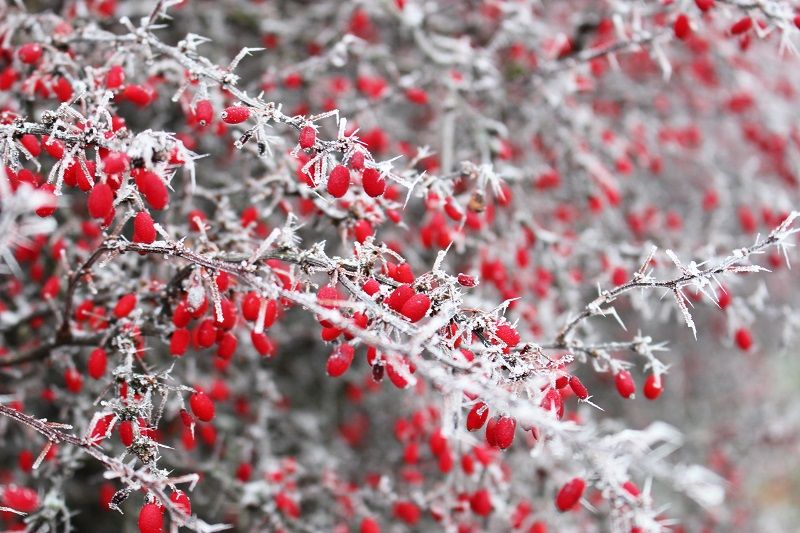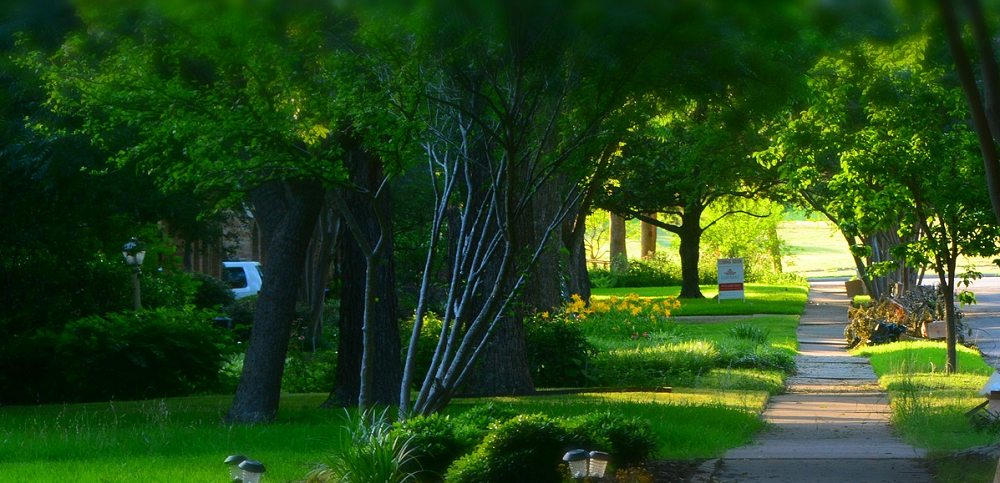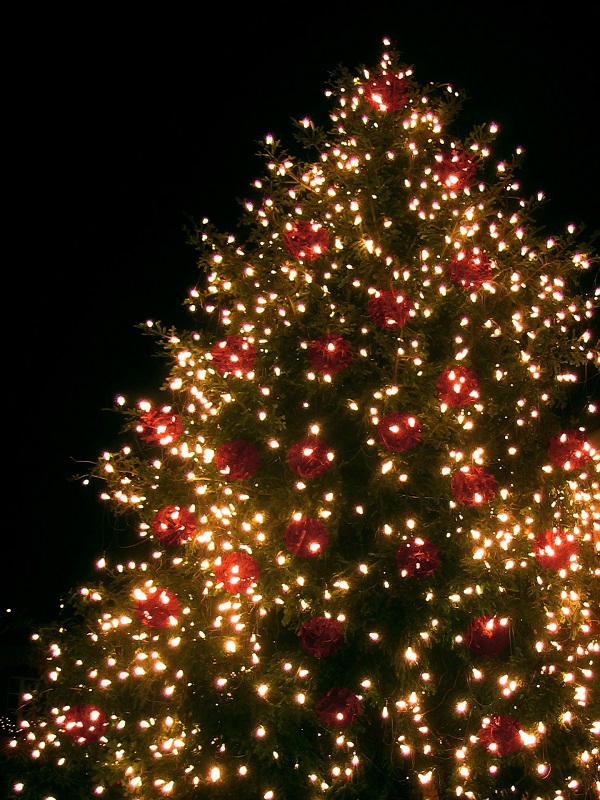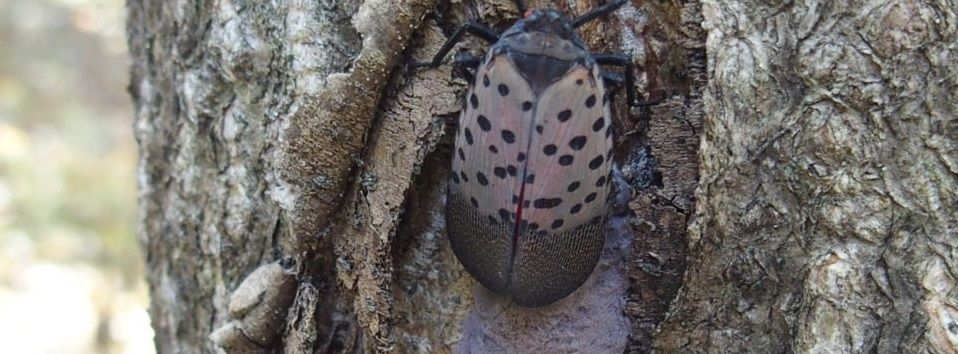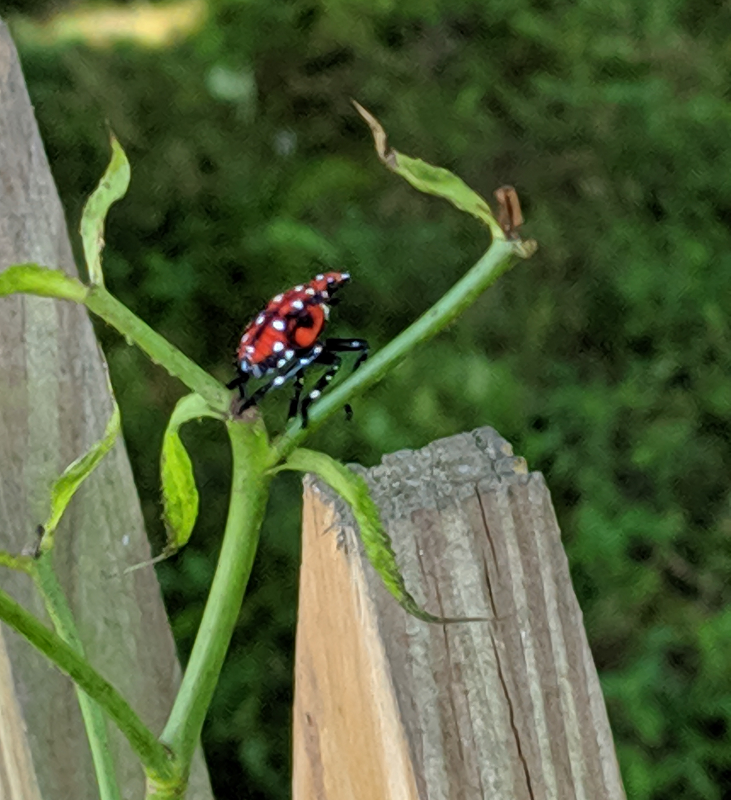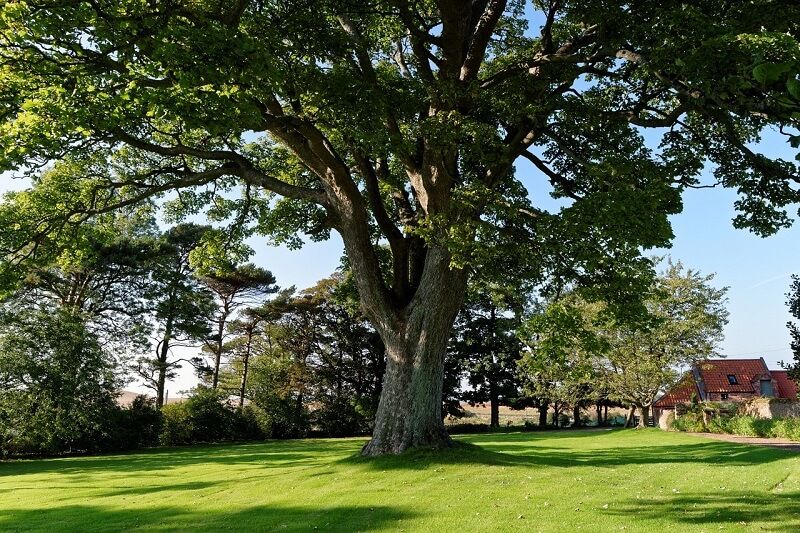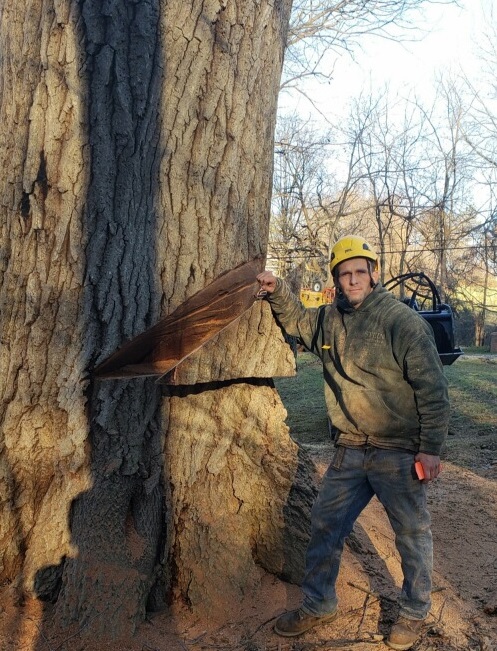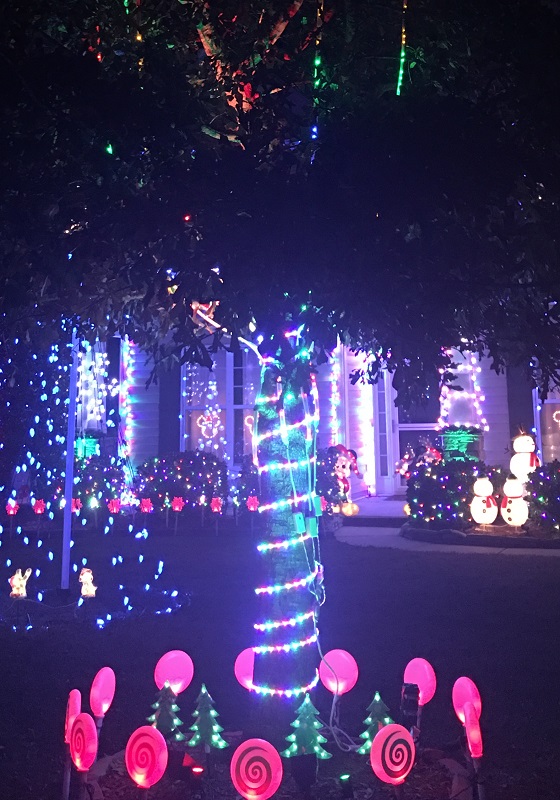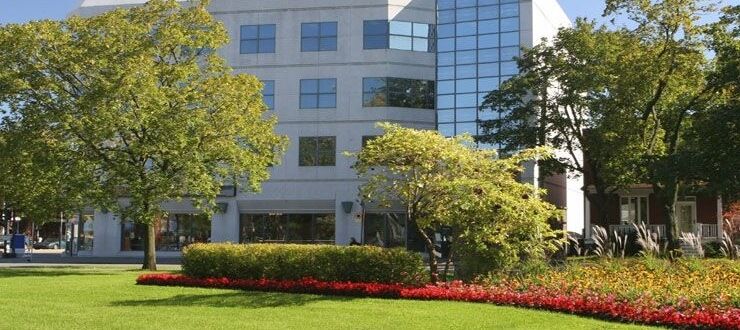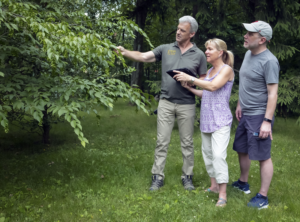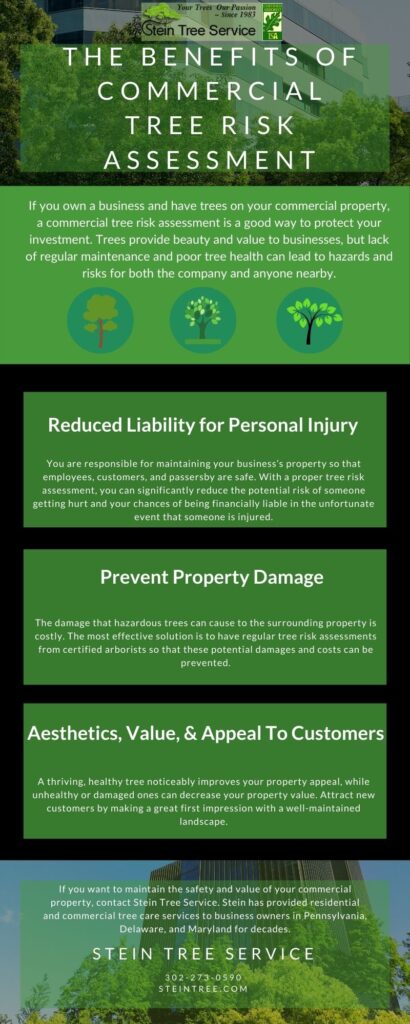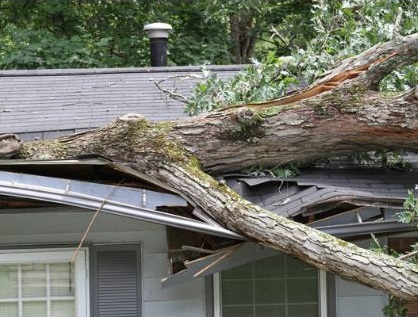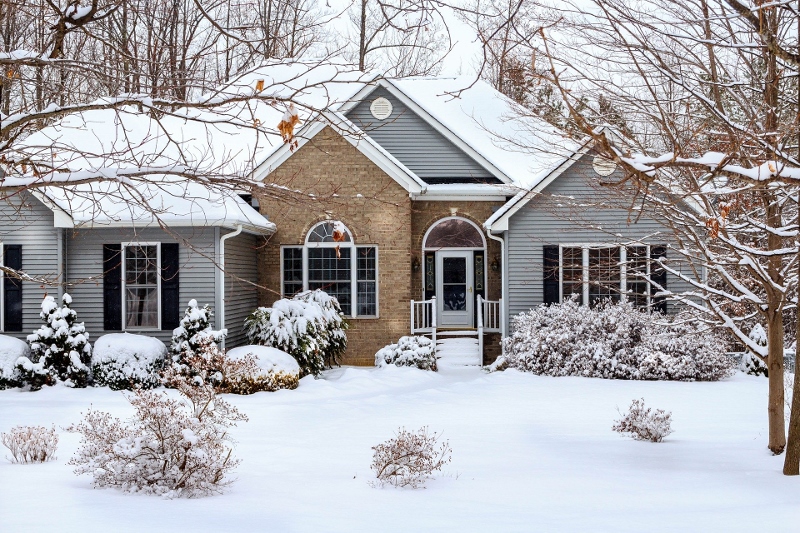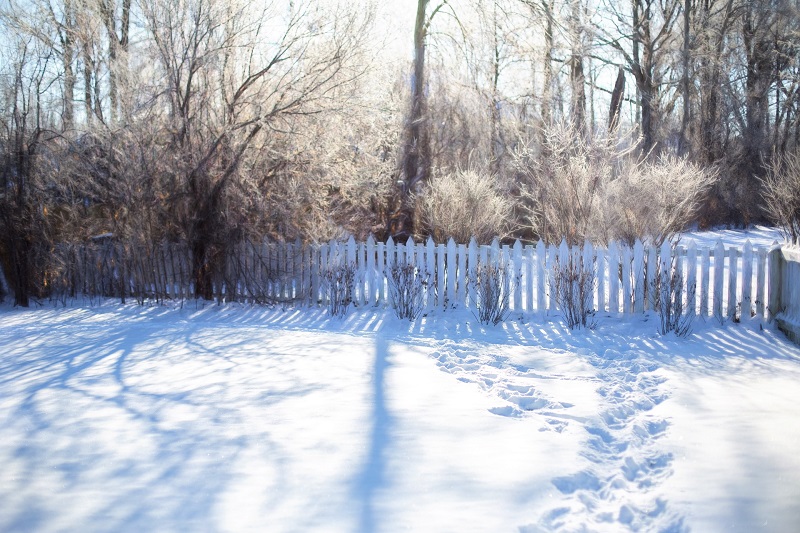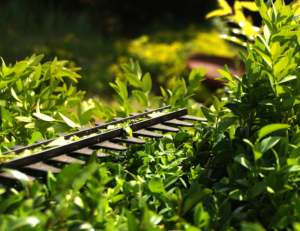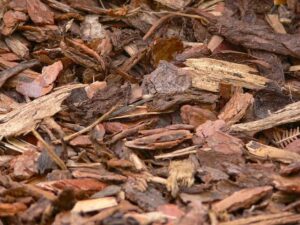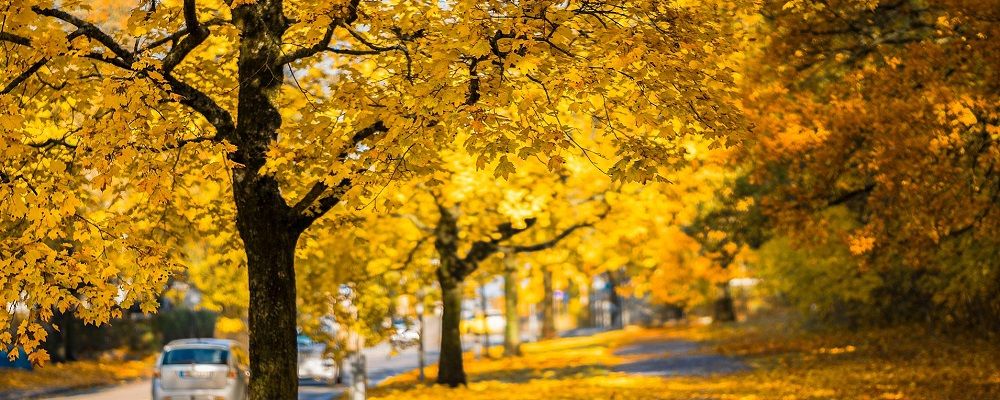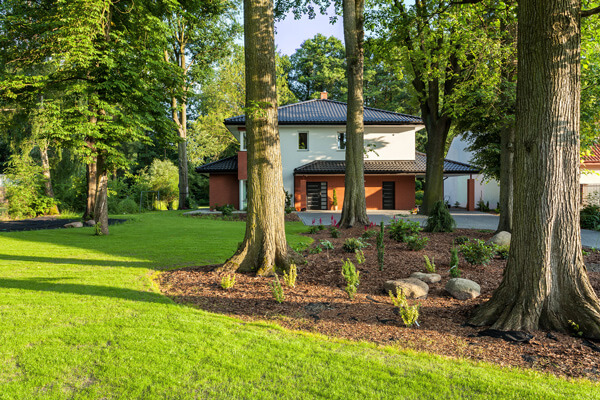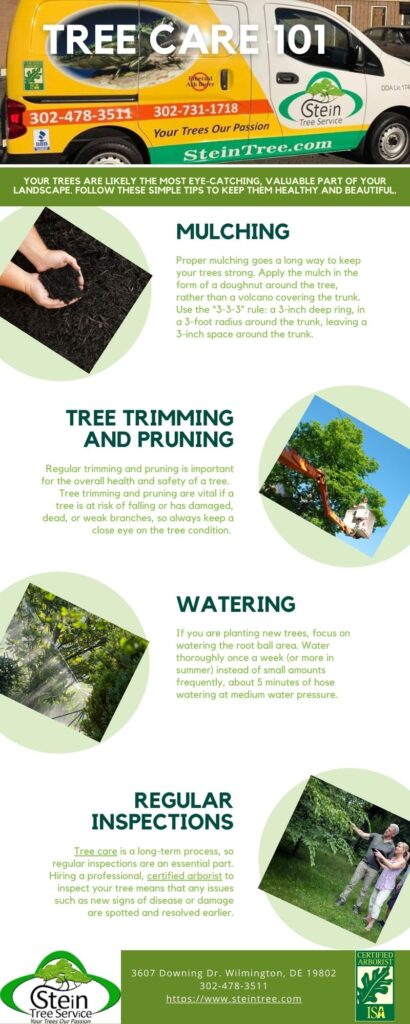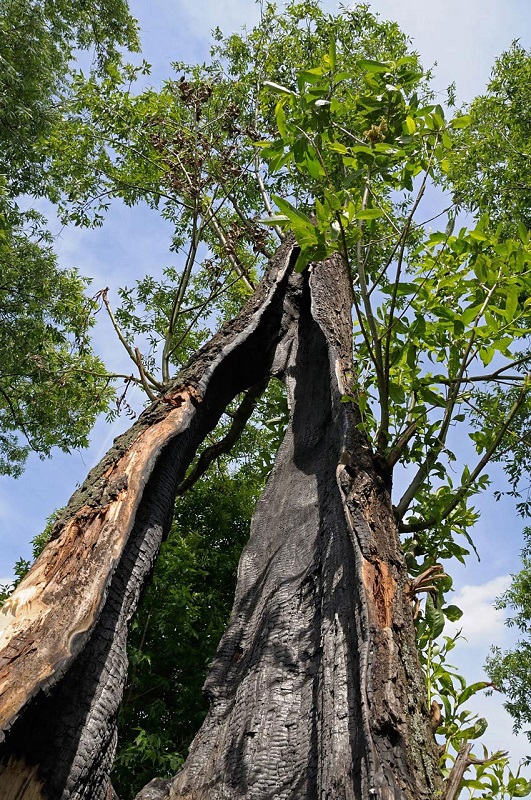Shrubs that Create Interest in Winter – Enjoy the View and Get Your List Ready for Spring Planting and Tree Care in West Chester, PA
Winter has a delicate beauty. The deep browns of bare trees, muted greens and grays of frozen ground, and cool whites of snowfall combine to create a subdued color palette. This quieter landscape offers great inspiration for those gardeners and homeowners who want to show off a touch of flair through winter-flowering shrubs. Winter shrubs with bright blooms and sweet scents, colorful berries, and textured, glossy green foliage are perfect for sparking winter interest and creating a nice contrast to the cooler winter landscape. For those interested in tree care in West Chester, PA., take a quick look at some favorite shrubs that create interest in winter.
- Winterberry. Winterberry Holly (Ilex verticillata) is a deciduous holly that loses its dark green leaves in late fall and leaves behind long, spectacular sprays of fire-engine-red berries. Sometimes called ‘sparkleberry,’ this fantastic holly specimen’s bright red berries are real attention-getters in winter.
- Witch hazel. Witch hazel is another deciduous shrub with keen winter attributes. During even the harshest fall and winter weather in West Chester, PA, this shrub will dazzle passersby with its clusters of rich red and yellow flowers. But the blaze-like beauty of its petals is just half of the appeal as witch hazel shrubs also emit a lovely fragrance, a very desirable surprise during the frozen days of winter.
- Red Osier Dogwood. This North American shrub, sometimes called Red Twig Dogwood, is incredibly hardy, known to grow and thrive as far north as Alaska. This dogwood features red stems and brilliant, fiery branches of gold, orange, and red in winter, an incredible array of colors that make it a great complement to evergreen landscapes. Plus, this shrub has the added benefit of attracting a host of pollinating butterflies, including the eastern-tailed blue butterfly. The richest of the dogwood’s twig colors occurs on young branches, and so part of the tree care in West Chester, PA for this species should include regular pruning between late winter and early spring.
- Leatherleaf Mahonia. Mahonia is a hardy and adaptable evergreen shrub native to China but has since come to many American gardens. During the winter months, bright yellowish-green buds erupt from the tips of the shrub’s stems, and each new growth blooms into a dozen or more spires of bright yellow flowers. In warmer winters, gardeners can expect to enjoy a nice early fragrance to break up the monotony of winter. Note though that the leather mahonia is a self-sowing plant that is non-native to the Americas, so proper tree care in West Chester, PA is important to prevent the unwanted spreading of the species.
Contact Stein Tree Service to Learn More about Winter Tree Care in West Chester, PA
You can always add some shrubs that create interest in winter to your lawn for added beauty. Start planning your spring planting and tree and lawn care now. Contact us for information about tree care in West Chester, PA, winter tree trimming and pruning, or a free consultation about your tree or plant health care.

